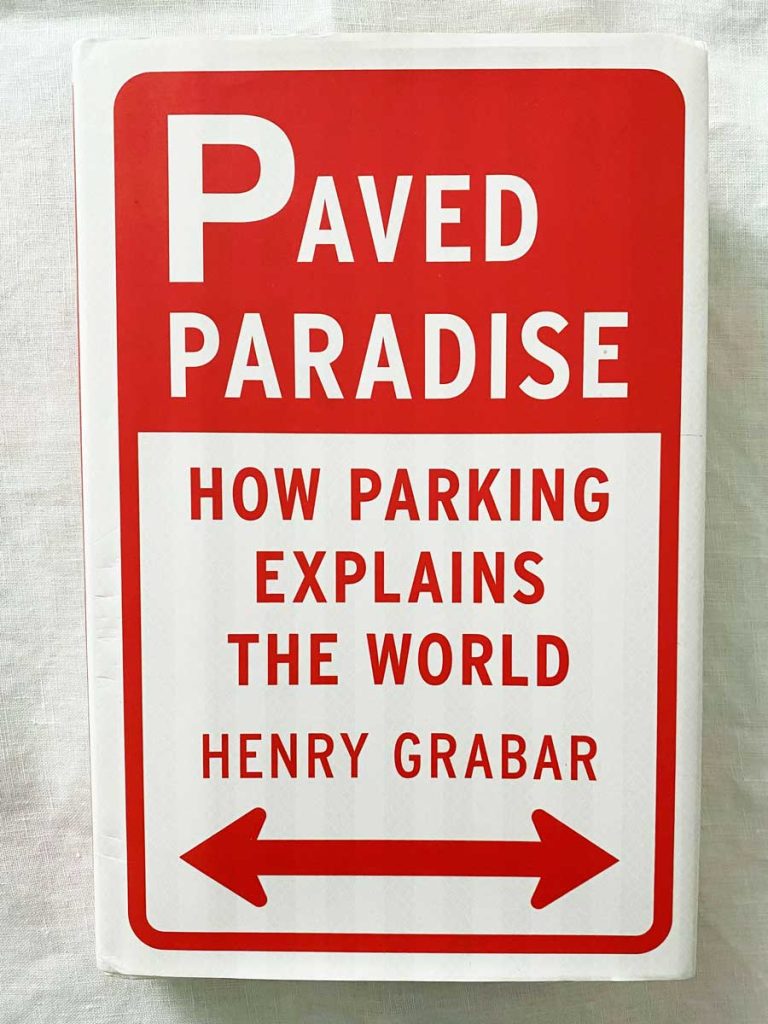
Did you know there is a metropolis in the USA ringed by huge parking lots where tourists and commuters leave their cars to move around on foot or use its fast and efficient transit system? It is Disney World in Orlando, Florida, which counts around 45,000 parking spaces (as many as in a major American downtown) and 500 employees known as “cast members”. Their standards of behaviour are high: in addition to helping families find their car at the end of their stay (around 20 each day lose their vehicle), they are required to wave at the courtesy trams and to “create surprise and magical moments”. Ain’t that something!
Within Disney World, the transit options include 12 monorail trains, 30 boats, 29 trams, 61 vans and 304 elevated cabins on an aerial gondola. In addition, there are 400 diesel buses which clock 175,000 rides a day, making the system equivalent to that of Atlanta or Minneapolis.

This is just one of the thousands of interesting facts contained in a book called PAVED PARADISE, How Parking Explains the World by Henry Grabar. I came across the book in a most unlikely place, the book review pages of the New York Times (read the review here). Of course, I could not resist it and immediately sent off for a copy on Amazon. It only took 48 hours to arrive; and, given the rural backwater that we now call home, it was short of a miracle. This leads me to imagine that there are many copies stacked in some Amazon warehouse in Milan or Rome or other Italian city. I wish they would hand them around to each local council as compulsory reading!
Grabar takes on Don Shoup’s well known precepts within the industry but makes them readable and relatable to a wider audience. It contains interesting commentary on architecture, pricing, parking minimums and the effect of the cost of parking on property and particularly on affordable housing (just to name a few). He also has a lot to say about the parking industry and the implications of its being a cash based business (at least in the early days). He even goes into a lot of detail about the infamous sale of Chicago’s parking meter revenues to Wall Street.
The Acknowledgements section is illuminating in the number of publications that exist on the subject of parking. Even for a parking fanatic as myself, I can see that the topic has no lack of attention. It has always been my view that parking is not just about lines on a pavement or architectural design: it is about psychology, business and human nature. The debate between alternative uses for the limited space we find ourselves living in has no real solution.
But nobody can stop us trying to find one!
